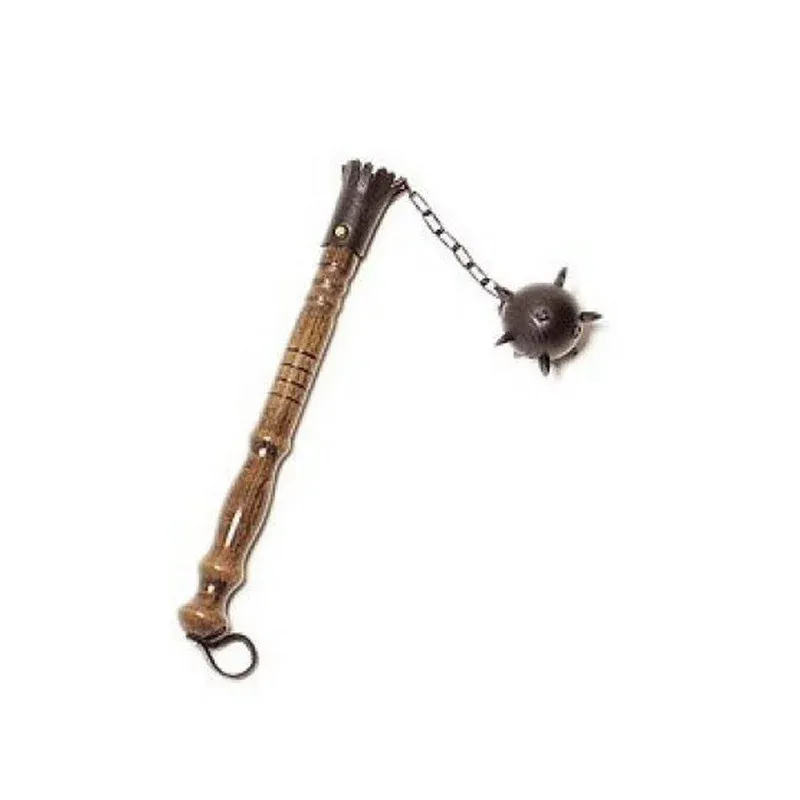What is a Morning Star?
The Morning Star is a fascinating medieval weapon that arouses the interest of history scholars and enthusiasts of the medieval period. Also known as *Lucero del Alba* in Spanish and *Morgenstern* in German, this weapon stands out for its distinctive design and effectiveness on the battlefield. Below, we will explore its characteristics, history, and differences from other medieval weapons in detail.
Origin and Evolution of the Morning Star
The Morning Star has its roots in the Middle Ages, specifically in the 14th century. Although it initially emerged as a rudimentary combat tool, its design evolved over time to become more effective in warfare. Initially, it consisted of a club with a spherical metal head studded with spikes, giving it devastating power in combat. As time progressed, it was adapted to better penetrate enemy armor and defenses.

Distinctive Characteristics
- Armored Head: The central piece of the Morning Star is its armored head, composed of a metallic sphere, also known as an iron or lead sphere. Sharp spikes protrude from this sphere, maximizing damage upon striking.
- Morphology: Along its circumference, the spikes are strategically distributed, making the Morning Star an advanced version of a primitive club that provides both impact strength and piercing capability.
- Military Use: Designed to face plate armor, shields, and other medieval defenses, it was highly effective as a striking and grappling weapon, providing an advantage in close combat.
History and Use in Warfare
During the Middle Ages, the Morning Star became a favored weapon in the Iberian Peninsula and other regions of Europe. Its effectiveness and the fear it instilled in the enemy made it a subject of mention in numerous combat skill treatises in Spanish, French, and English, highlighting its relevance in military arsenals.

In the heat of battle, its ability to inflict deep wounds was reinforced by the risk of severe infections, a threat as real as the physical confrontation itself. Additionally, its intimidating appearance contributed to demoralizing its opponents, demonstrating that the psychological impact in war is as crucial as the physical one.
Differences with the Flail
It is common to confuse the Morning Star with the Flail due to their similarities. However, there are notable differences between the two:
- Flail: It has a chain connecting a round spiked mace to a wooden handle. This flexibility allows for a smoother and potentially more unpredictable movement in attack.
- Morning Star: This weapon lacks a chain, offering a more controlled and direct strike. Its rigid and blunt structure distinguishes it as a more stable attack means and less prone to self-injury during use.
| Element | Morning Star | Flail |
|---|---|---|
| Presence of Chain | No | Yes |
| Type of Strike | Blunt and controlled | Unpredictable |
| Structure | Rigid | Flexible |
This peculiar and powerful instrument of war is further proof of medieval ingenuity and the advancement of personal artillery during the Middle Ages, an era that continues to fascinate, igniting the imagination about how wars and battles shaped the destiny of entire nations.
















